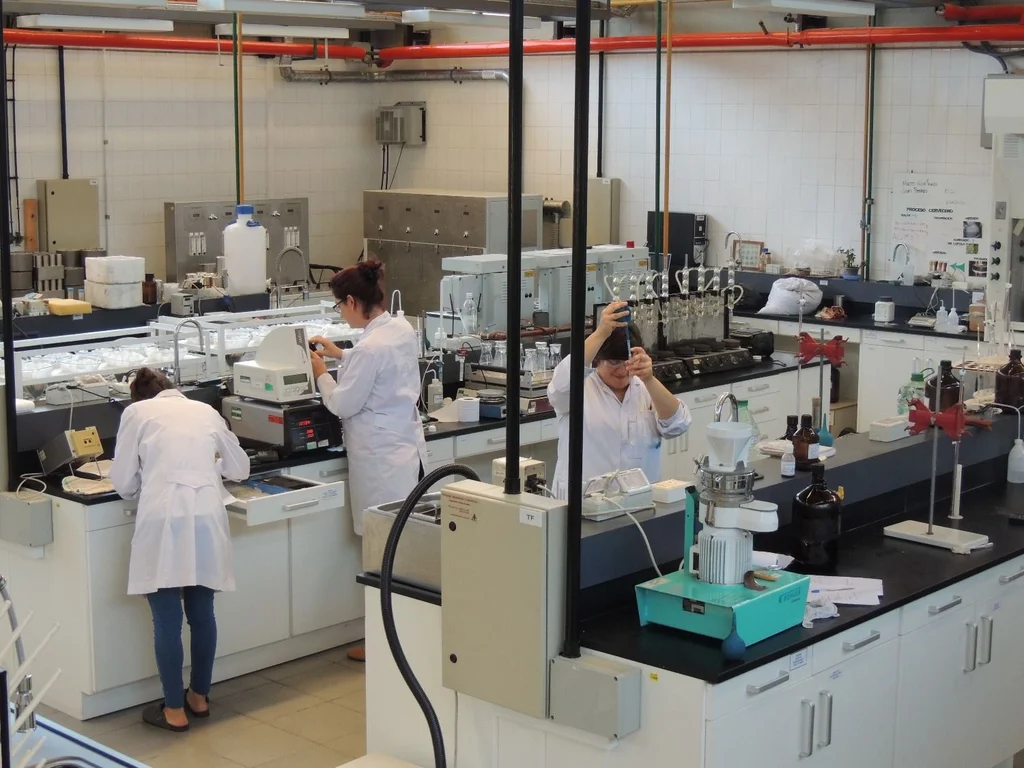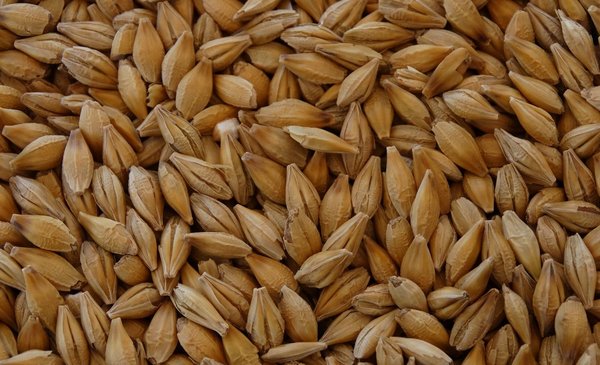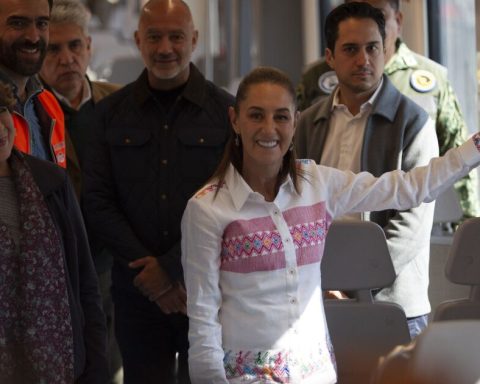The National Table of Brewing Barley Entities a challenge was raised for this harvest: increase planting and reach 200 thousand hectaresa record figure reported to The Observer Blanca Gómez, researcher at Fundación Latitud and coordinator of the entity.
In 2021, 185 thousand hectares of this crop were planted throughout the country12% more than in the previous campaign, in which there were 165 thousand according to data from the Agricultural Programming and Policy Office (Opypa) of the Ministry of Livestock, Agriculture and Fisheries (MGAP).
After a record yield of 4,500 kilos per hectare last harvestthe malting plants plan to increase their production for this year, highlighted Gómez.
The prices of malting barley have also accompanied the rest of the grains and the market reference is today very close to US$400 per ton, a historical value for the sector.
In the previous campaign, although the yield was good, the quality was not so good, as there were problems due to dryness and heat stroke., detailed the coordinator. Despite that, productivity was above average that had been occurring in recent years, of 3,500 kilos per hectare (ha).
The basis of beer
Malted malted barley (malt) is the main cereal used to make beer. Brewing barley is planted under contract with malting plants, which mostly (95%) export the production after the grain is industrialized; the remaining 5% is used in the domestic market for the National Beer Factory (FNC) and also for the production of seeds.
From Opypa it was reported that in the last harvest, 74% of the total volume exported went to Brazil, a market with usual predominance. The second destination was Paraguay, with 15% of the export, and Bolivia the third, with 5%.
In the world ranking of malt exporters, Uruguay is ranked number sixhighlighted Gómez, who assured that the country has “a very good quality.” The main exporters of this production are the European Union, Australia, Argentina, Canada and China; after Uruguay are the United States, Russia and Ukraine.
The companies Cympay, Maltería Uruguay and Maltería Uruguay SA, make up the Board together with the National Institute for Agricultural Research (INIA), the Uruguayan Technological Laboratory (Latu), the National Seed Institute (Inase), the Faculty of Agronomy (Fagro) and the Latitude Foundation; In this area, they carry out research on crop improvement, physiology, crop management and quality. This 2022 the group celebrates 30 years of work.
Analia Pereira
Analia Pereira
95% of the malt produced in Uruguay is exported.
A micro malt shop in Montevideo
Since the Table was created, its objectives have been aimed at investigating how to improve uruguayan malting barleyin line with this objective, LATU was asked to have a micromalting to analyze the quality of national malt. In this micro-malting plant –located in Montevideo, in the Department of Cereals, Oilseeds and Derived Products of LATU– the malting process is recreated, in which germination is carried out under controlled conditions (the barley is moistened, germinated and dried).
“The difference between growing barley with other grains is that it must be treated like a seed, you have to germinate it again. You have to take great care of the barley seed because if it doesn’t germinate, it doesn’t have good quality in malting”, commented the researcher.
Since the micromaltery was created, more than 15,000 barley cultivars have been processed. In that laboratory, the industrial process is carried out on a small scale, the varieties that stand out for quality “are the good ones, and the ones that follow”; With these, companies can choose which ones to use and which program to use so that each variety shows its potential.
“In genetic improvement, we work with thousands of cultivars, the most difficult thing is to choose which ones we follow and which ones we don’t,” he mentioned.

Latitude Foundation (LATU)
LATU micromalting.
Try beer in college
La Mesa has a new project: to brew beer and have a microbrewery to study the beer quality of cultivars. To carry out this initiative, the researchers will work with the Faculty of Chemistry of the University of the Republic (Udelar)that has a specific sensory panel for beers.
This project is part of the investigations carried out by the Table. In recent years, the malthouses that are members of the table have spent around US$ 55,000 per year for researchIn addition, institutions also contribute funds.
“The injection of money for research is very important, because it allows us to maintain long-term teams and be able to sustain research,” commented Gómez, who said that the study processes are very long, for example, 10 years of study are needed to launch a new cultivar.

Latitude Foundation (LATU)
The micro-maltery is located in the Department of Cereals, oilseeds and derived products of LATU.
investigative fields
What has been investigated the most in the Table are planting times, where crops yield best and malt quality; also analyzed the nitrogen fertilization (It was seen how the application of nitrogen affects the protein level of malt and barley at different times of the crop).
The area destined for research that the Table allocates is 50 hectares, these are divided into experimental fields located in six locations in the country, located on the coast and in the center of the country. Each field is in charge of a member of the Table. In these farms, they work with national varieties (which are the most adapted) and also with imported ones, mainly from Germany and North Dakota. The evaluation of a cultivar takes three years before it is used commercially..
According to Gómez, a cultivar “holds in the field for 10 years, then breaks down with disease”, which is why research and development of new varieties is necessary, in addition, the demands of the markets change and increase, he added.
The main challenges facing the Table are how to adopt the cultivars that are coming out more quickly and how to meet the demands of international markets.
Currently what the markets ask for the most are fine and high strata (a malt quality parameter that indicates the yield in liters of beer that will be obtained); a good enzymatic level and low levels of beta-glucan (polymers that have to be low so that the filters of the breweries do not clog). On the other hand, at the field level, good performance and health are demanded, Gómez commented.

















